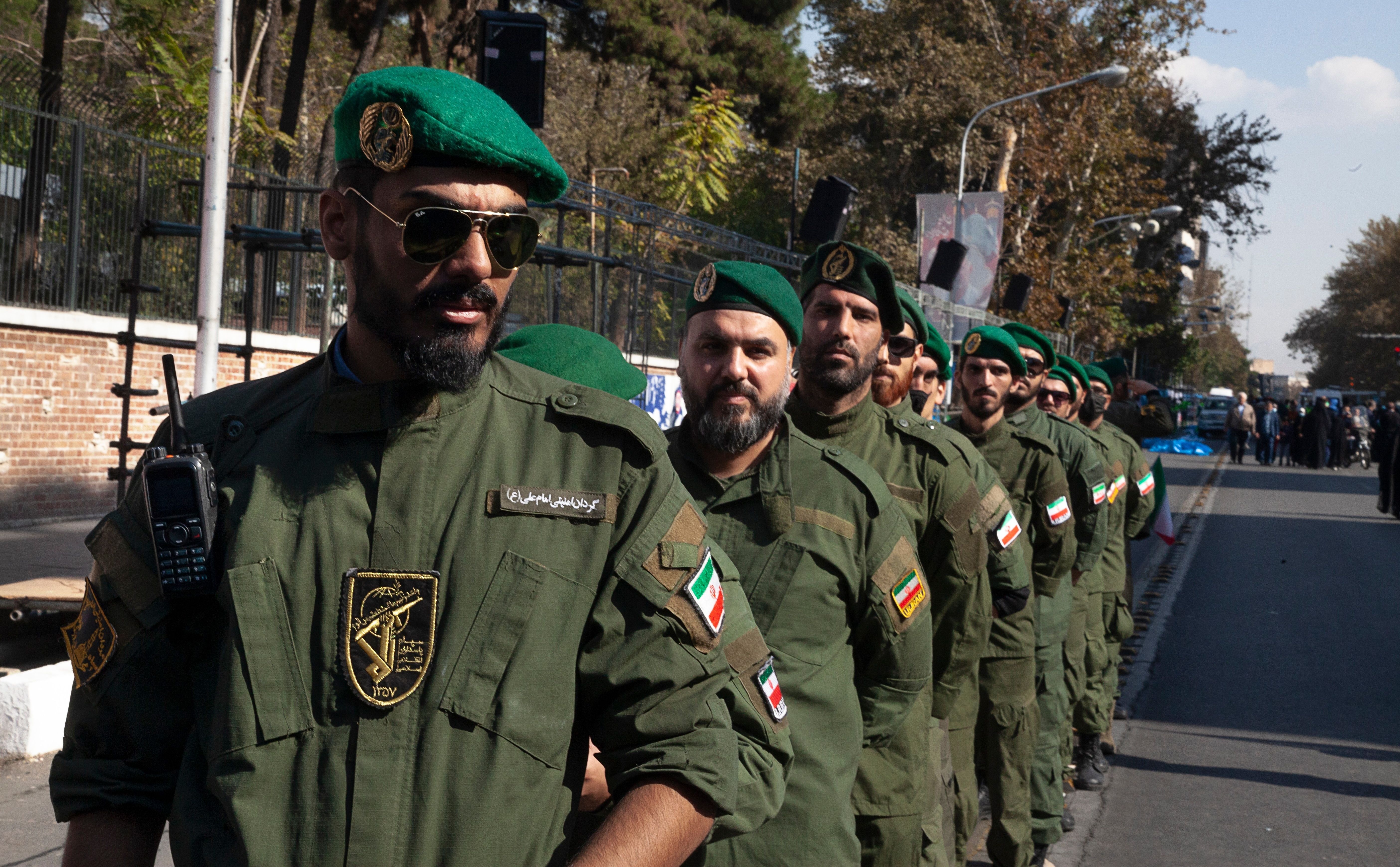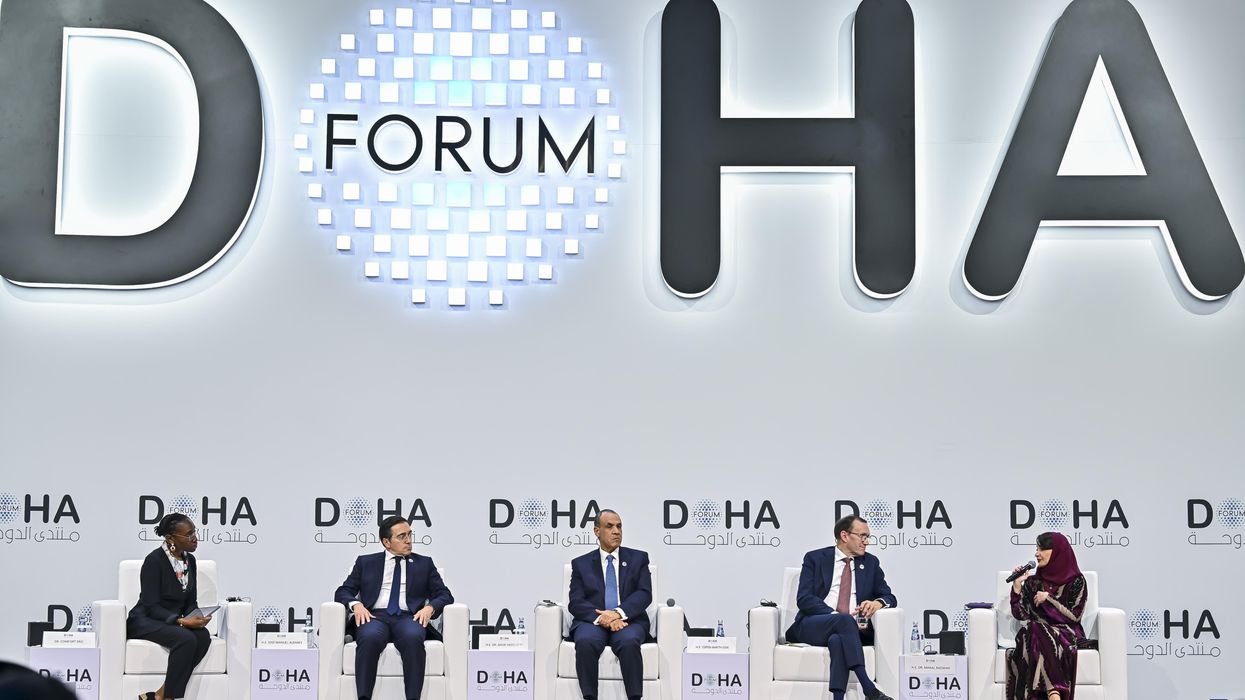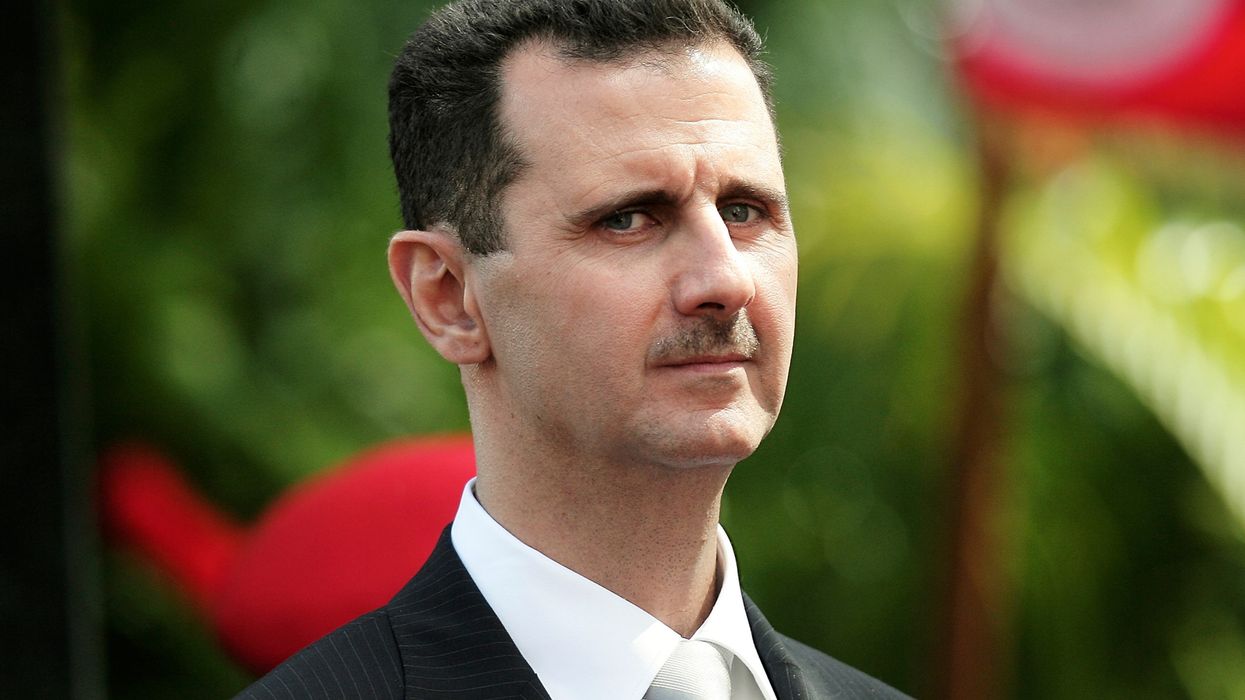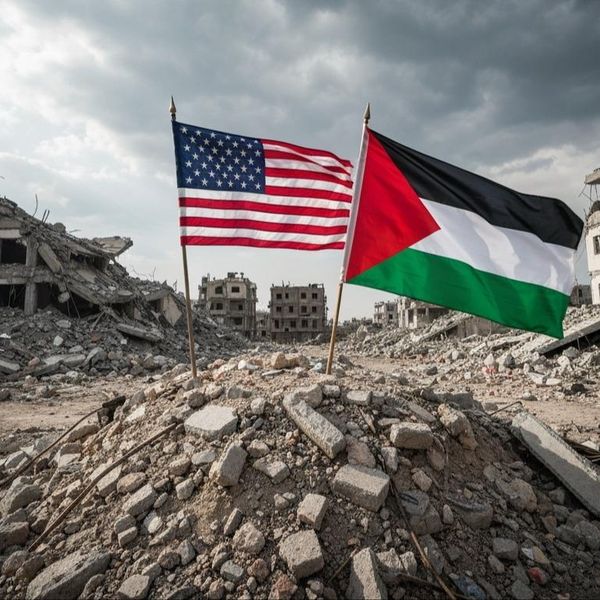In a startling turn of events in the Israel-Iran war, six hours after Iran attacked the Al Udeid Air Base— the largest U.S. combat airfield outside of the U.S., and home of the CENTCOM Forward Headquarters — President Donald Trump announced a ceasefire in the 12-day war, quickly taking effect over the subsequent 18 hours. Defying predictions that the Iranian response to the U.S. attack on three nuclear facilities could start an escalatory cycle, the ceasefire appears to be holding. For now.
While the bombing may have ceased, calls for regime change have not. President Trump has backtracked on his comments, but other influential voices have not. John Bolton, Trump’s former national security adviser, said Tuesday that regime change must still happen, “…because this is about the regime itself… Until the regime itself is gone, there is no foundation for peace and security in the Middle East.” These sentiments are echoed by many others to include, as expected, Reza Pahlavi, exiled son of the deposed shah.
Yet for many Iranians, regime change would represent a profound betrayal of their long-held democratic aspirations through peaceful protests. It also raises several uncomfortable but necessary questions: What person or what organizations are ready to govern the day after, and is there a viable roadmap for what comes next?
The answer, according to leading Iran scholars and analysts, is bleak.
“Absolutely no one,” says Hamid Dabashi, professor of Iranian Studies at Columbia University.
“The monarchists and the Mojahedin are positively despised by the overwhelming majority of the Iranian population with no grassroots support,” he adds. “Despite a significant opposition to the ruling regime, it is still widely and passionately popular among many others.”
The vacuum left by the regime’s collapse would not be filled by democratic forces, but likely by the Iranian Revolutionary Guards Corps (IRGC), the military organization dedicated to regime control and survival, or violent power struggles.
And yet, external promoters of regime change — from exiled elites to Western think tanks — continue to push a fantasy of democratization-by-collapse. They fail to answer the most basic questions: Who forms the interim authority? What coalition can command legitimacy across Iran’s deeply diverse and fractured society? How is order maintained in the days and weeks following the fall of the current regime?
Without consensus on even the basic norms of democratic governance, the opposition remains paralyzed and ill-prepared to step in if the regime collapses.
As foreign intervention again becomes a tool of Western policy, more Iranians are invoking the legacy of Mohammad Mosaddegh, the democratically elected prime minister overthrown in a CIA- and MI6-backed coup in 1953. That act of foreign interference cleared the path for decades of autocratic rule, first by the Pahlavi monarchy and eventually by the Islamic Republic itself. If the lesson of Mosaddegh means anything today, it is that externally engineered regime change often backfires and ends in more repression.
Beyond the leadership vacuum lies an even more volatile threat: the fragmentation of the Iranian state. Iran is a multi-ethnic society, and the sudden collapse of central authority could trigger a surge in secessionist movements among the Kurds, Balochis and Azeris. These groups have legitimate historical grievances, but they also risk becoming pawns in a larger geopolitical struggle.
“This is quite serious,” warns Dabashi. “These groups have legitimate grievances against the central government that have been put to illegitimate ends by Israel financing and arming them. They will remain legitimate only so far as they demand and exact their rights within the Iranian polity — the instant they raise the Israeli flag, get weapons from them, and side with the invaders of their own homeland they become illegitimate bandits.”
Neighboring countries will not stand idly by. Turkey, Syria and Iraq are likely to resist any Kurdish independence efforts, while Pakistan will fiercely oppose Baloch separatism. Azerbaijan’s meddling in Iran’s Azeri-populated regions could provoke confrontation. In the wake of its victory against Armenia in the 2020 Nagorno-Karabakh war, Baku’s irrendenstist rhetoric has sparked fury across Iran. On November 10, 2022, a private Azerbaijani TV channel sent a message to Iranian Azerbaijanis: “Your path is the path of justice. In this path, we stand by your side. We are with you until the end.” Images of the Khudafarin Bridge connecting the Azerbaijan border with Iran through the Araz River were shown in the background.
These dynamics raise the specter of regional war fueled by proxy militias, with Iran as the battlefield.
As noted earlier, the one force poised to fill the void is the IRGC. With a nationwide infrastructure and command over both military and economic assets, the IRGC may emerge as the de facto ruling power.
“IRGC at its core is a guerrilla operation,” Dabashi says. “One consequence of this Israeli invasion might in fact be a military coup in Iran by the IRGC rather than a democratic government.”
Thomas Warrick, former senior adviser in the U.S. State Department, concurs.
“The most likely ‘winner’ if the present government collapses would be a military dictatorship (‘election by coup’) by the Iranian Islamic Revolutionary Guards Corps, which is the best-armed, and far away the richest actor in Iranian politics,” says Warrick, who also served as deputy assistant secretary for counterterrorism policy. “They would likely install a figurehead religious leader to give their rule the mantle of legitimacy. But the level of internal repression would likely increase. This is not the only possible outcome, but it is the most probable unless outside forces intervene — which is unlikely at the moment.”
That scenario would amount not to liberation, but to a change in autocrats, from clerics in robes to generals in fatigues, propping up a new Ayatollah not only dependent on the IRGC for his security but also for his position.
And the international community must be prepared for any such possibilities. There is no historical precedent, Dabashi warns, for violent regime collapse in Iran or the broader Middle East leading directly to democratization.
“You cannot bomb, destroy and slaughter people to democracy,” he says.
Nor can Iran count on popular mobilization for change. The Arab Spring uprisings in 2010 and 2011 were characterized by protests and armed rebellions, and led to the overthrow of regimes in Tunisia, Egypt, Libya and Yemen. Yet the 2009 Iranian Green movement prompted by allegations of election fraud against reformist Mir-Hossein Mousavi was quashed by Iranian security forces. Subsequent movements such as the 2019 Bloody November movement protesting the rise in fuel prices and the recent (and ongoing) Mahsa Amani protests have been met with more heavy-handed crackdowns and large-scale killings, to include executions, by authorities.
Iran is fertile ground for popular mobilization as a means of regime change. Yet, while the regime is unpopular, high inflation wreaks havoc among families and cultural warfare divides the theocracy and the people, such mobilization still faces a multi-layer security apparatus dedicated to regime perpetuation and political repression. Until there are visible signs of fractures in the Basij, the Iranian Army and/or the Iranian Revolutionary Guard Corps, the current regime is unlikely to change.
Still, many Iranians long for change. As Massoumeh Torfeh, an Iran specialist at the London School of Economics, notes, “Regime change is a deeply misguided idea. It may be what 80 percent of Iranians desire, but without a credible opposition or a unifying leadership figure, there is no viable alternative on the horizon” — at least before the passing of the Supreme Leader, 86-year-old Ayatollah Ali Khamenei.
What is needed now is a reassessment of U.S. and Israeli policies toward Iran. Bombing campaigns and regime decapitation strategies have failed time and again in the region, from Iraq to Libya to Syria. Each time, they created new vacuums filled not by representative institutions, but by violence, warlordism and foreign interference. The lessons from these misadventures are clear: the plan for the day after is far more important than the war plans themselves.
In both the U.S. and Israel, recent comments from the Israeli defense minister and President Trump seem to indicate a willingness for regime change (even while positions seem to change daily) but they have offered absolutely no evidence that their teams have made serious efforts to develop plans to address “the day after.” This is not George Santayana’s “Those who cannot remember the past are condemned to repeat it.” Or an oft stated definition of insanity as “doing the same thing over and over and expecting a different result.” This is worse. Those senior government officials and influential voices who still call for regime change when an opportunity for a return to diplomacy exists are committing egregious professional malpractice.
- Israel and US have chosen war, unleashing fresh economic pain ›
- 'Zero enrichment' fantasies will lead us to war ›
- Déjà coup: Iran war activates regime change dead-enders ›
- Senate vote to exert war powers over Trump fails | Responsible Statecraft ›
- Polls: Americans don't support Trump's war on Iran | Responsible Statecraft ›
- First it was regime change, now they want to break Iran apart | Responsible Statecraft ›
- Trump's use and misuse of Iran intel | Responsible Statecraft ›
















